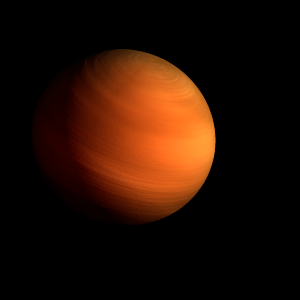|
|
Space Astro
|
Info for exoplanet "Urizu-japu"
| Scientific (actual) data |
|---|
| Name | HD 204313 c |
| Planet status | Confirmed |
| Mass sini | 0.0553 |
| Orbital period | 34.905 |
| Semi major axis | 0.2099 |
| Orbit eccentricity | 0.155 |
| Angular distance | 0.00444 |
| Discovered | 2011 |
| Updated | 2019-06-13 |
| Omega | 238 |
| K | 3.42 |
| Publication | Published in a refereed paper |
| Detection type | Radial Velocity |
| Mass measurement type | Radial Velocity |
| Star name | HD 204313 |
| Right ascension | 322.05° |
| Declination | -21.73° |
| Mag v | 7.99 |
| Star distance | 47.37 |
| Star metallicity | 0.18 |
| Star mass | 1.045 |
| Star sp type | G5V |
| Star age | 3.38 |
| Star temperature | 5767 |
| Wikipedia article | HD 204313 c |
Back
| |
| Fictional info (?) |
|---|
| Suggested name | Urizu-japu |
| Planet type | Cold planet |
| The polar regions are constantly below 189°K (-84°C).
tricky journey. |
| Atmosphere | Argon | 68% |
| Formaldehyde | 18% |
| Krypton | 14% |
| Atmospheric pressure | 18 bar |
 |
| No known satellites |
| Google search for Urizu-japu |
|
Website by Joachim Michaelis
|
|
|
|